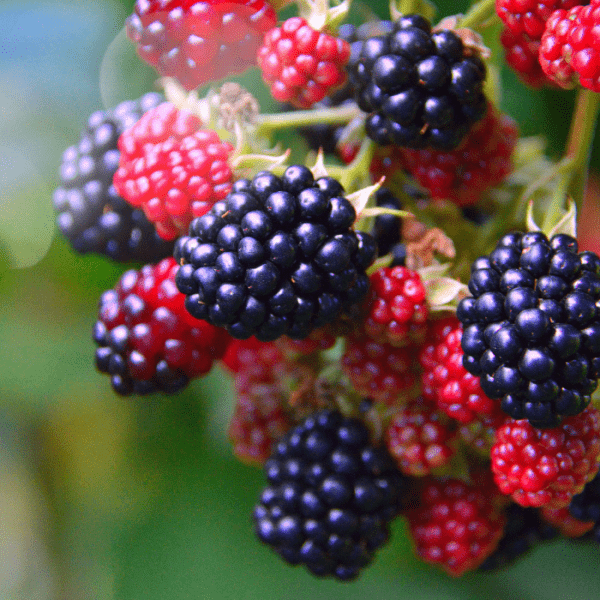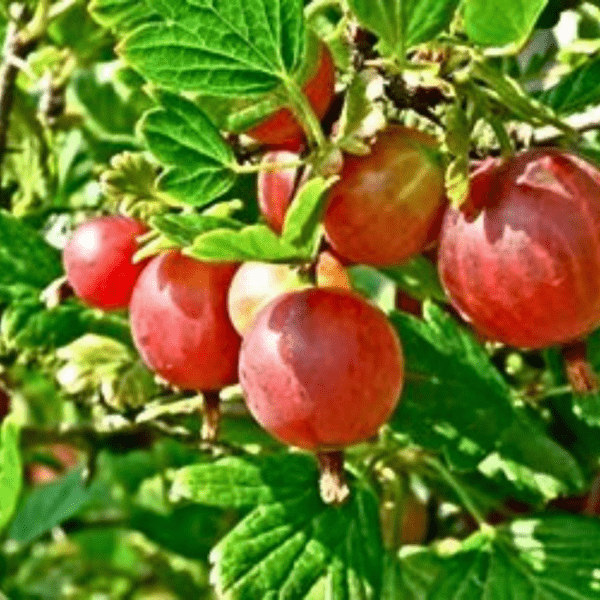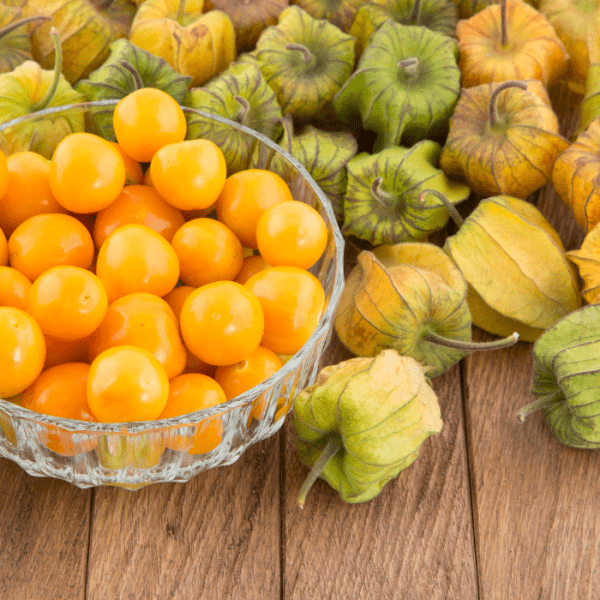Position:
Amla plants thrive in full sunlight, so select a location in your garden that receives ample sunlight throughout the day. Well-drained soil with a neutral pH is ideal for optimal growth.
Watering:
While amla plants are relatively drought-resistant, regular watering is crucial, especially during dry spells. Ensure the soil is well-drained to prevent waterlogging, which can be detrimental to the plant’s health.
Pruning:
Pruning helps shape the plant and encourages bushier growth. Begin pruning in the early years to establish a strong framework. Training the plant by removing dead or weak branches promotes overall vitality. Prune while dormant to maintain the desired size and shape of the tree.
Fertilising:
Amla plants benefit from regular fertilisation, especially during the growing season. Use our slow release berry fertiliser to provide essential nutrients. You can also add organic compost to the soil to provide additional nutrients.
Pests and Diseases:
Keep an eye out for common pests like aphids and caterpillars. Neem oil or EM Control can be used to control infestations. Regularly inspect the leaves for any signs of diseases and treat promptly.
Harvesting:
Amla berries typically start bearing fruit within the first few years. Harvest the berries when they turn a vibrant shade of green or yellow, indicating ripeness. Gently pluck the fruits to avoid damaging the plant.
Storing: Store fresh amla berries in the refrigerator for up to two weeks. One can preserve amla by making jams and pickles or drying the berries for longer storage.
Adjust care practices based on the seasons. In winter, protect the plant from frost; in summer, ensure adequate watering to combat the heat. Mulching around the base helps regulate soil temperature.










